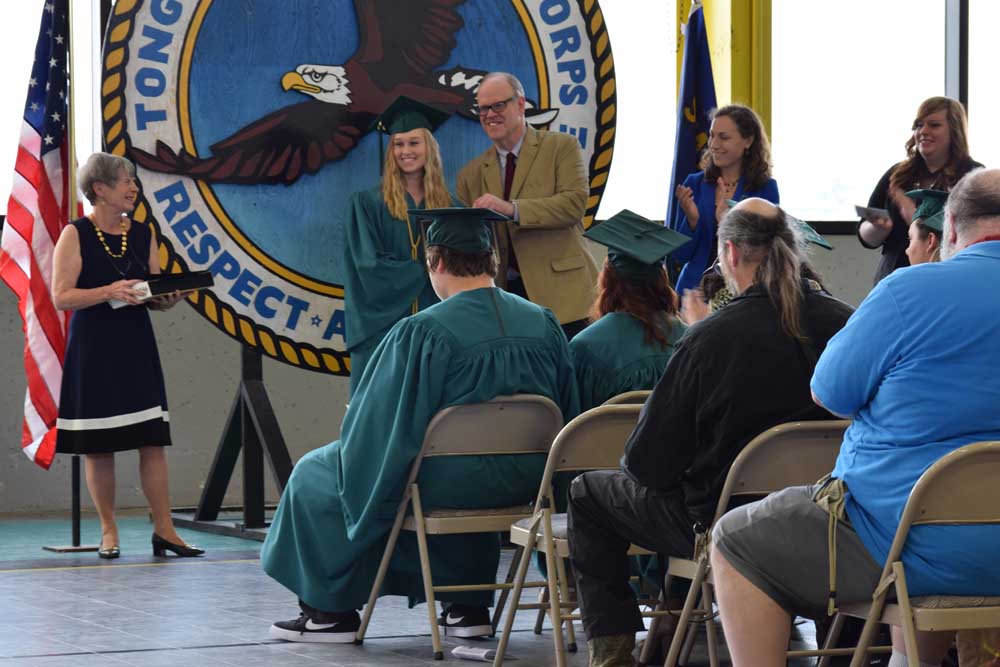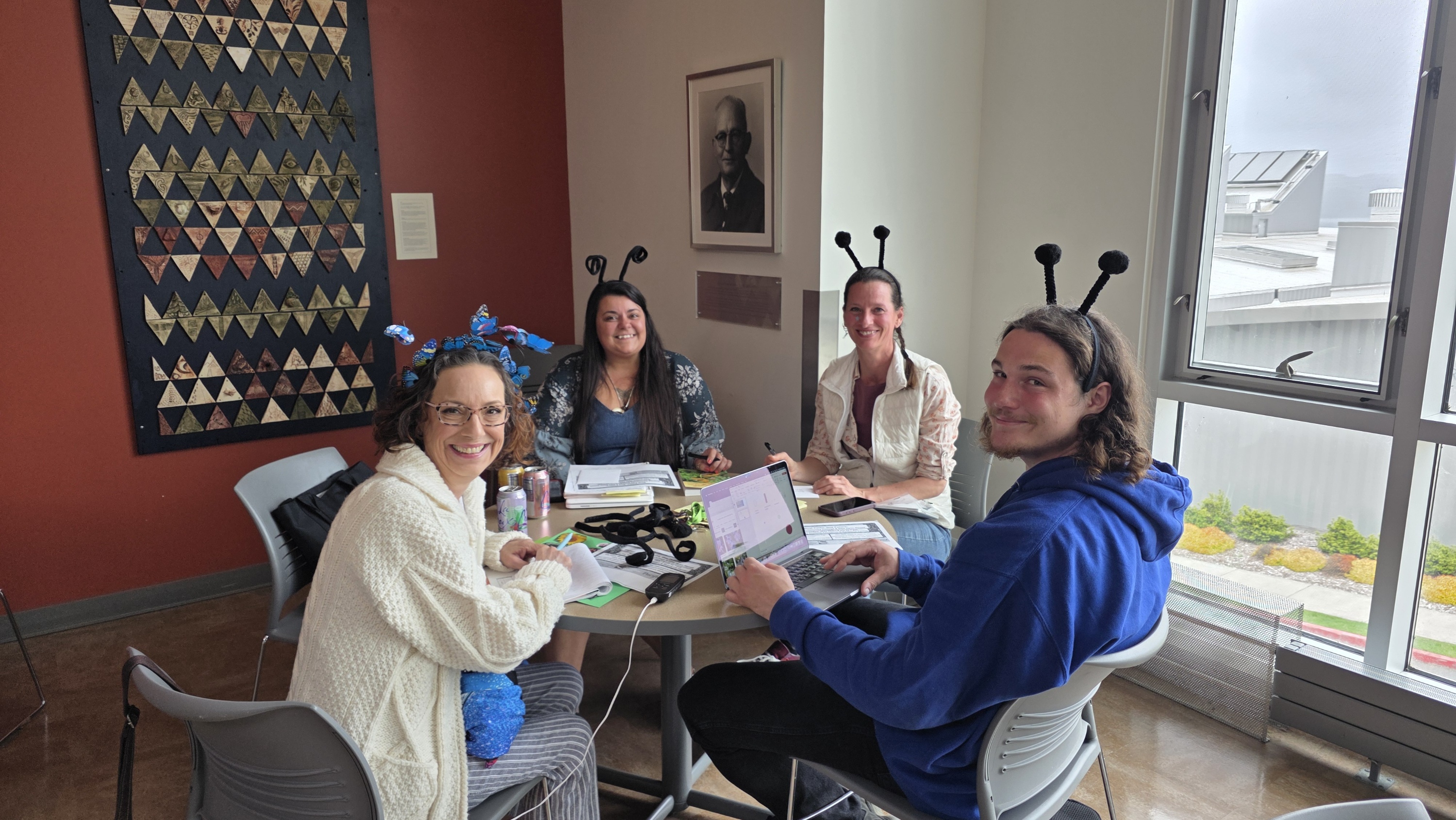The Ellis Island of the Pacific
Published 5:00 pm Wednesday, June 7, 2006
On the Washington side of the Columbia River, just three miles east of the north end of the Astoria Bridge, is the quirkiest, most engaging little museum you’re ever likely to see.
It’s the Knappton Cove Heritage Center, dedicated to preserving the history of the U.S. Public Health Columbia River Quarantine Station. Known as the Ellis Island of the Pacific, the quarantine station was established in May 1899, and was in operation until 1938. Across the river in Astoria, the Marine Hospital Service, the original name for the Public Health Service, opened an office in the Spexarth Building.
The museum occupies one side of the original hospital building, which was called a “lazaretto.” Translation: Pesthouse! Apparently they didn’t mince words in those days, before antibiotics and other “miracle cures” were available to fight smallpox, bubonic plague, yellow fever, typhus and the like. With good reason, everyone feared catching infections, which often proved fatal. The other side, now affectionately known as the Pesthouse Guesthouse, has early 20th-century furniture and appliances and is usually rented out for the summer. In 1980, the hospital was placed on the National Register of Historic Places.
In 1889, Congress enacted a national quarantine law. Two years later, a federal law required all arriving immigrants to be inspected by the Marine Hospital Service for contagious diseases. The law stipulated that “all idiots, insane persons, paupers or persons likely to become public charges, persons suffering from a loathsome or dangerous contagious disease and criminals” be excluded from entering the country. Quarantine stations sprang up on both coasts to handle hundreds of thousands of immigrants arriving on our shores by ship from Asia and Europe.
An old wooden wheelchair sits in the corner of an isolation ward.Nancy Bell Anderson is director of the Knappton Cove Heritage Center. Her parents bought the museum and surrounding property at auction in 1950, and she has spent most of her life researching the site’s history. She’s devoted to preserving the museum and glad to share her encyclopedic knowledge with visitors.
Anderson estimates 80,000 to 100,000 people passed through the Columbia River Quarantine Station during its nearly 40 years of operation.
Immigrants arriving at the hospital at Knappton Cove would strip and shower for their health inspection, and the dry heat of converted cannery tanks (a cannery had previously occupied the site) would kill the lice in their clothing. If an immigrant was found to have a disease, the person would be put in an isolation ward and the ship he arrived on would be fumigated. The hospital here had two large wards and four isolation wards, each with its own porch. It also had four bathrooms, bathtubs and showers.
‘This whole place in itself is an artifact,’ says Nancy Bell Anderson of the old quarantine hospital, where ‘layers of history’ on display include Native American, fish cannery and hospital artifacts.Public Health surgeons boarded ships using ladders, just as river and bar pilots do now, and inspected them for filth and infestation. Ship captains were admonished that by keeping ships clean they could save money. Lives might be saved, too.
A historic sign hanging in the museum carries the message: “Rats carry plague, mosquitoes carry yellow fever; Plague and yellow fever cause quarantine; Quarantine means expense. Ship captains, destroy your rats and mosquitoes, And not only save your owners money, but save lives.”
Today, the hospital beds have been replaced by glass display cases, filled with old medical bottles, Chinese coins, ink bottles, sake bottles and medical instruments. Every inch of wall space is taken up with fascinating historic pictures, signs and documents. Many items on display relate to the history of the Public Health Service, including a USPHS uniform and the seal of the service, which features a fouled anchor and the caduceus of Mercury.
‘Of course, this would be the first time they would set foot on American soil – at this place,’ says Anderson of the thousands of immigrants who passed through the station.One hospital bed remains and it contains a scary surprise: A plastic skeleton clad in a sailor hat and tie reclines on the bed, a corked bottle of laxative pills labeled “Rush’s Thunderclappers” by his side. Harsh laxatives, along with codeine and quinine, were in vogue in those days as cures for whatever ailed you. Near the bed is an old wooden wheelchair with a wicker back, spoked wheels and a hand crank. An open dresser drawer displays scary metal medical instruments.
But the museum is actually kid-friendly. There’s a closet of old clothes for dressing up and a table with crayons and coloring books. One room contains the Clothespin Museum and Gift Shop, with rows of clothespin dolls and books on clothespin projects written by Anderson and her daughter, Heather Henry. And Anderson, a retired elementary school teacher, says kids, especially fifth-grade boys, love the grisly disease descriptions and pictures throughout the museum.
An array of historic medical bottles is on display in one of the wards.





